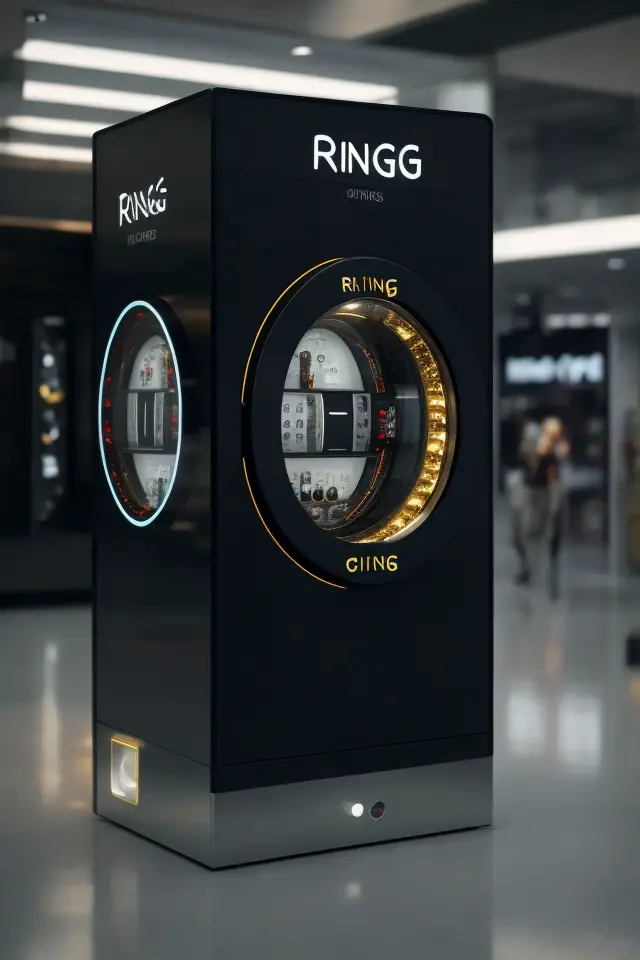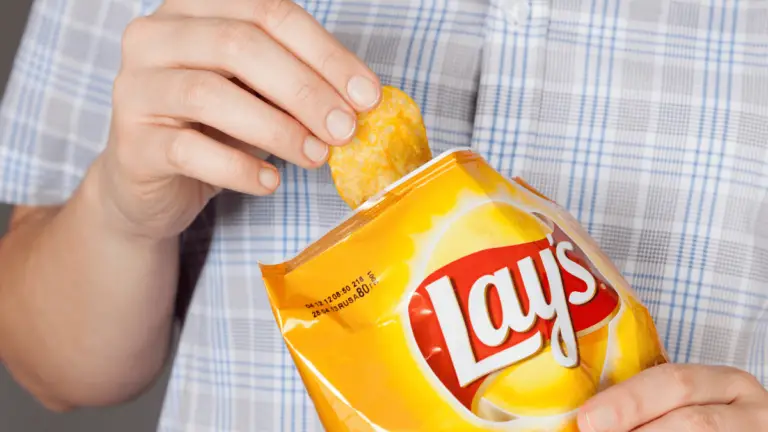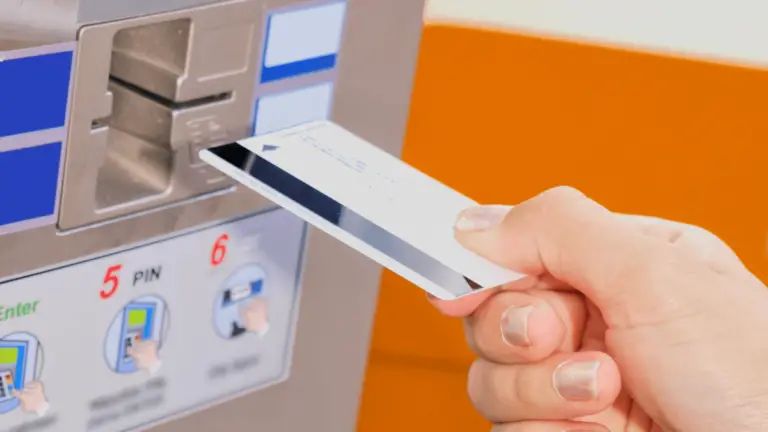Smart AI Powered Vending Machines For Sale: Cost & How They Work?
An AI-powered smart vending machine uses sensors and cameras for cashierless checkout. In the U.S., these machines cost $3K–$8K, with brands like HAHA, Byte, SandStar, and Genius Vend offering automated inventory tracking and higher sales than traditional vending machines.
If you’ve been looking into modern vending machines, you’ve probably seen “AI-powered vending machines” popping up everywhere.
Trust me, these aren’t your typical soda spirals. They’re smart, contactless, and built to let customers grab what they want and walk away—no buttons, no jams, no lines.
I’ve spent months researching these machines and even talked to operators running them in apartments, gyms, and office buildings.
Some of what I’ll share comes from my own experience testing AI coolers, while other parts come from real Redditors who’ve been running fleets of them for years.
How AI-Powered Vending Machines Work
Here’s what happens when someone walks up to an AI vending machine:
- They tap a card or scan a QR code.
- The glass door unlocks automatically.
- They grab whatever they want—drinks, snacks, even fresh meals.
- Once they close the door, cameras or sensors recognize every item taken and instantly charge their card.
That’s it. No coils, no guessing which button to press.
The AI is doing all the heavy lifting.
Cameras inside track which products leave the shelf with 99% accuracy, while software updates your inventory in real-time.
I’ve seen operators use dashboards on their phones that show exactly what’s left in each machine, so you don’t waste time restocking.
One Redditor said after switching to AI fridges, their sales nearly tripled because customers grab multiple items instead of just one snack. That’s something you don’t get with old-school machines.
Buying or Researching an AI Vending Machine
If you’re serious about adding one of these to your vending business (or even starting fresh), you’ve got two paths:
- Buying outright: Machines typically run $3,000–$8,000 each, depending on size and features.
- Leasing: Many suppliers offer monthly payments or revenue-share models if you don’t want heavy upfront costs.
When I researched options, I found HAHA Vending, Byte Technology, Genius Vend, SandStar, and Micromart as the top U.S. brands.
- HAHA Ultra Cooler – $6,800, double-door, AI cameras, great for offices or apartments.
- Byte Smart Fridge – $5,500, RFID tags for food tracking, popular in hospitals and workplaces.
- Genius Vend Smart Combo – $4,699, snack + drink machine with full vision tracking.
- SandStar AI Kiosk – starts around $5,000, touchscreens, computer vision, and even facial recognition.
- Micromart Solo Store – mid-to-high $thousands, widely used in apartment lobbies.
Most operators start with 1–3 machines in a high-traffic spot.
Cost and Ongoing Fees
Besides the upfront cost, you’ll face:
- Monthly software fees – usually $10–$20 per machine.
- Payment processing fees – ~2–3% per sale.
- Restocking costs – same as regular vending (products, fuel, time).
The good news? These machines need less physical repair since there are no mechanical spirals.
The main headaches come from network outages (which can shut you down for a day) or occasional camera misreads.
From my own experience, most issues were fixed remotely by the vendor in minutes.
Legalities and Rules in the U.S.
Before placing a machine, you need:
- Business license and vending permit – most states require registration.
- Sales tax permit – to collect and remit taxes.
- Health inspection – if selling perishable food.
- ADA compliance – machines must be accessible.
If your machine uses facial recognition or biometric scanning, you also have to follow state privacy laws.
For example, Illinois requires written consent for fingerprint or facial scans.
One U.S. vending company even faced a $6.8M settlement over collecting fingerprints without consent.
Where You Can Put an AI Vending Machine
You can’t just drop it anywhere. You’ll need agreements with property owners or public agencies. Common high-performing spots include:
- Apartment complexes
- Office buildings
- College dorms
- Hospitals
- Gyms
- Hotels
Luxury apartments seem to perform best.
I’ve seen operators report $1K/month per machine in these settings. Meanwhile, public areas like parks or streets usually require city permits and can have a higher theft risk.
Maintenance and Safety
These machines are mostly hands-off:
- Restock when the app tells you stock is low.
- Clean the inside weekly.
- Keep software updated.
There’s no spiral to jam or coin slot to unclog. Most breakdowns involve card readers or network connections, and those can be solved remotely.
Safety-wise, they’re as secure as modern ATMs. Machines have lockable doors, anti-theft alarms, and reinforced glass. Just avoid leaving them in poorly lit or unsupervised spots.
Is It Worth It?
If you want passive income or to modernize your vending route, AI machines are a solid investment. They cost more upfront but can double or triple sales in good locations.
From my research and talking with real operators, the sweet spot is running 10–15 machines. That’s where you start seeing $6K–$7K per month in net profit.
My personal advice would be if you’re new, start small. Lease or buy one machine, test it in a high-traffic building, and learn the ropes before scaling.






